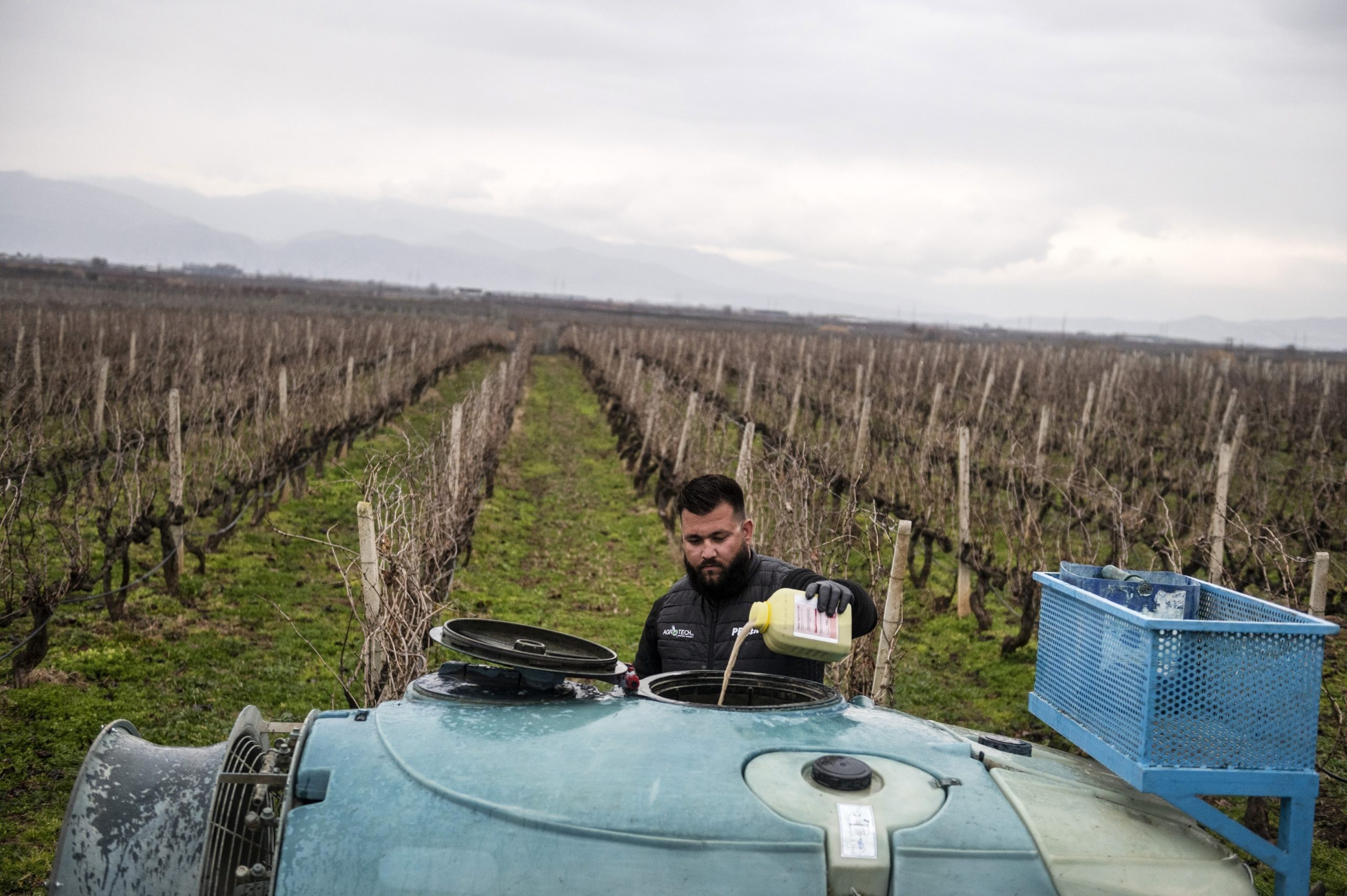BRUSSELS (AP) — The contamination of fruits and vegetables produced in the European Union by the most toxic pesticides has substantially increased over the past decade, according to new research published Tuesday.
The study by the Pesticide Action Network Europe group said European citizens have been exposed to a “dramatic rise” in both the frequency and intensity of residues of pesticides.
The EU has strict rules concerning pesticides, and the amounts of residues found in food must be as low as possible and safe for consumers. As part of its goal to cut greenhouse gas emissions to zero by mid-century, the 27-nation bloc wants to halve the use of pesticides by 2030.
Contrary to data from the EU’s executive branch showing a 12% reduction of the more dangerous pesticides in 2019 compared to the 2015-2017 period, the “Forbidden Fruit” report claims their use actually increased by 8.8%.
A European Commission official challenged the report’s conclusions, saying that since analytical methods have improved, many of the substances reported as most frequently found were not detectable back in 2011.
“This can lead to an apparent increase in the total number of findings which does not reflect, however, an increase in the actual quantity of pesticide residues in food, nor an increase in overall pesticide use,” the official said. The person was not authorized to speak publicly as a matter of practice.
The most dangerous pesticides belong to the so-called group of Candidates for Substitution that the commission has flagged to member countries as problematic and should be replaced with less toxic substances. Some of them have been linked to the risk of developing cancers, heart problems and other serious illnesses.
“The use of the most dangerous pesticides in Europe is in fact rising, not falling. Laws are being ignored and consumers are being exposed to a rising tide of chemical exposure,” researchers said.
In total, 97,170 fruit samples were included in the analysis for 2011-2019. Starting with a contamination rate of 18% in 2011, this increased to 29% in 2019, with an average 53% rise in contamination in nine years. While kiwi fruits were almost free of those substances 10 years ago, about a third are now contaminated, and half of all cherries sampled were tainted in 2019, compared to 22% in 2011.
“Often the food shows multiple residues of two or more of these toxic substances at the same time,” campaigner Salomé Roynel said. “This clearly demonstrates that the substitution rules have never been implemented by the member states and that they have failed in their responsibility to protect consumers.”
According to the research, half of the pears produced in Europe were contaminated with as many as five such substances, and the figure reached 87% for pears grown in Belgium.
The group said member countries should immediately ban the 12 most toxic Candidates for Substitution and called on the European Commission to ensure that substitution guidelines are reviewed independently by the end of year.

